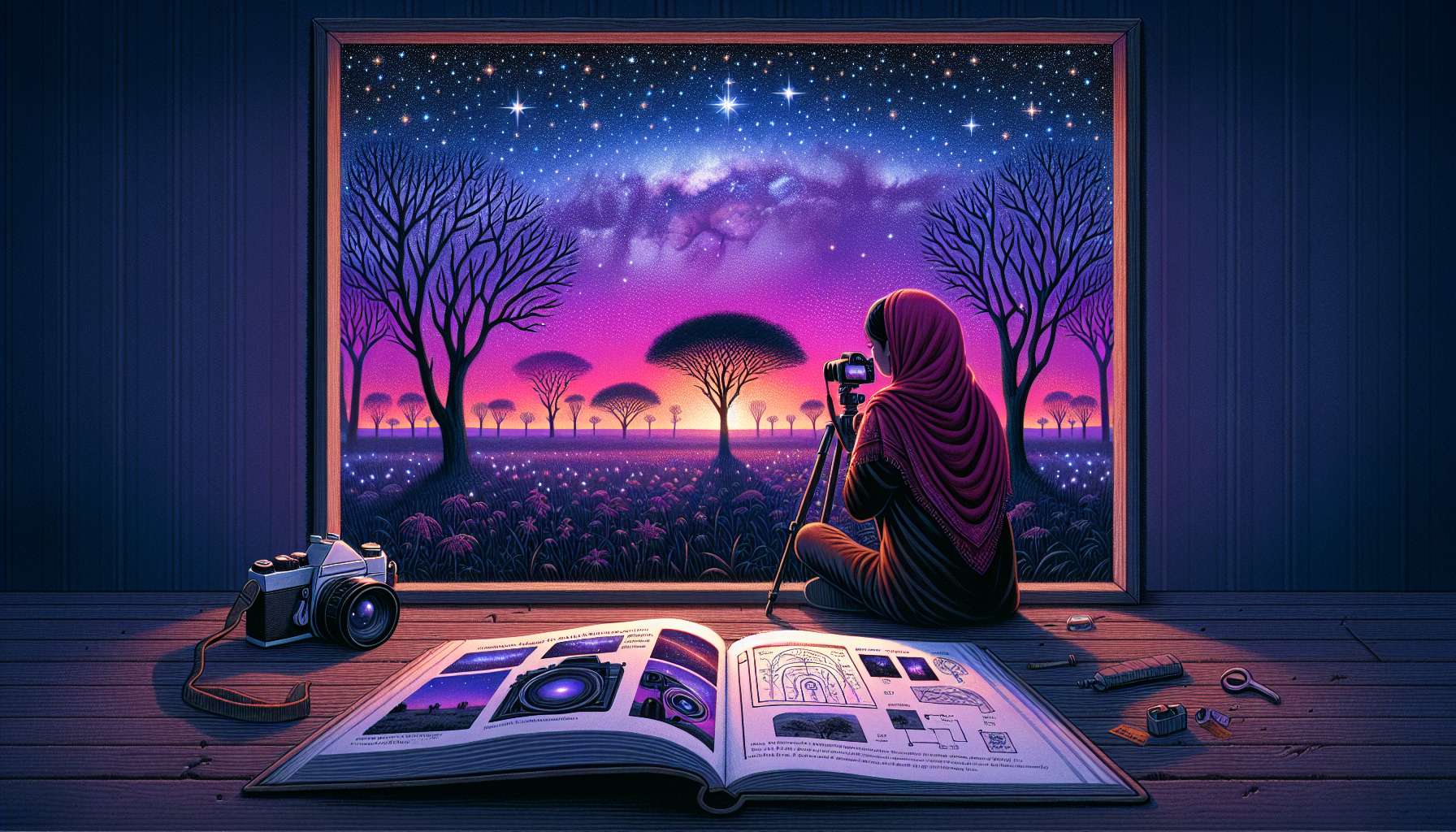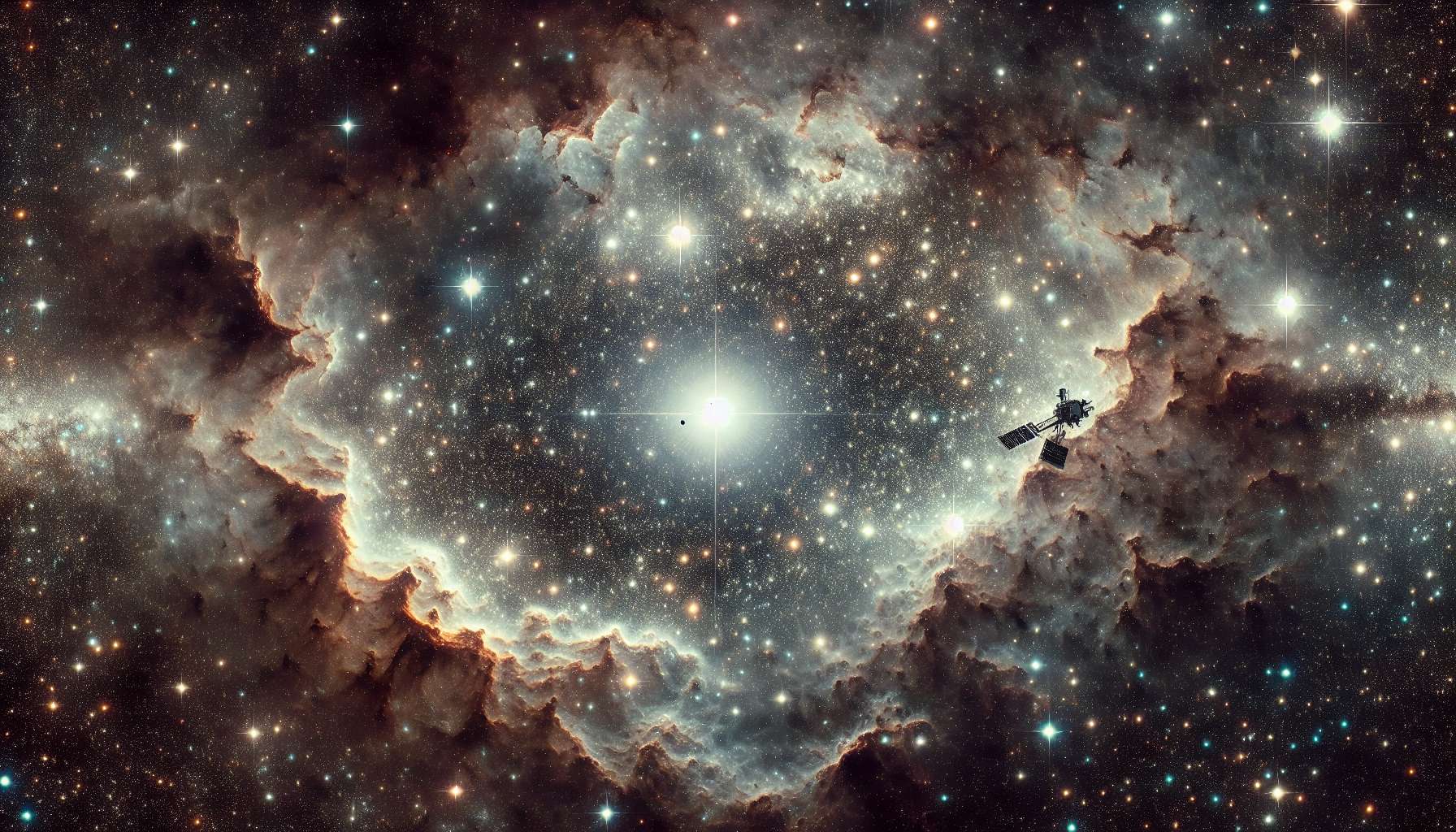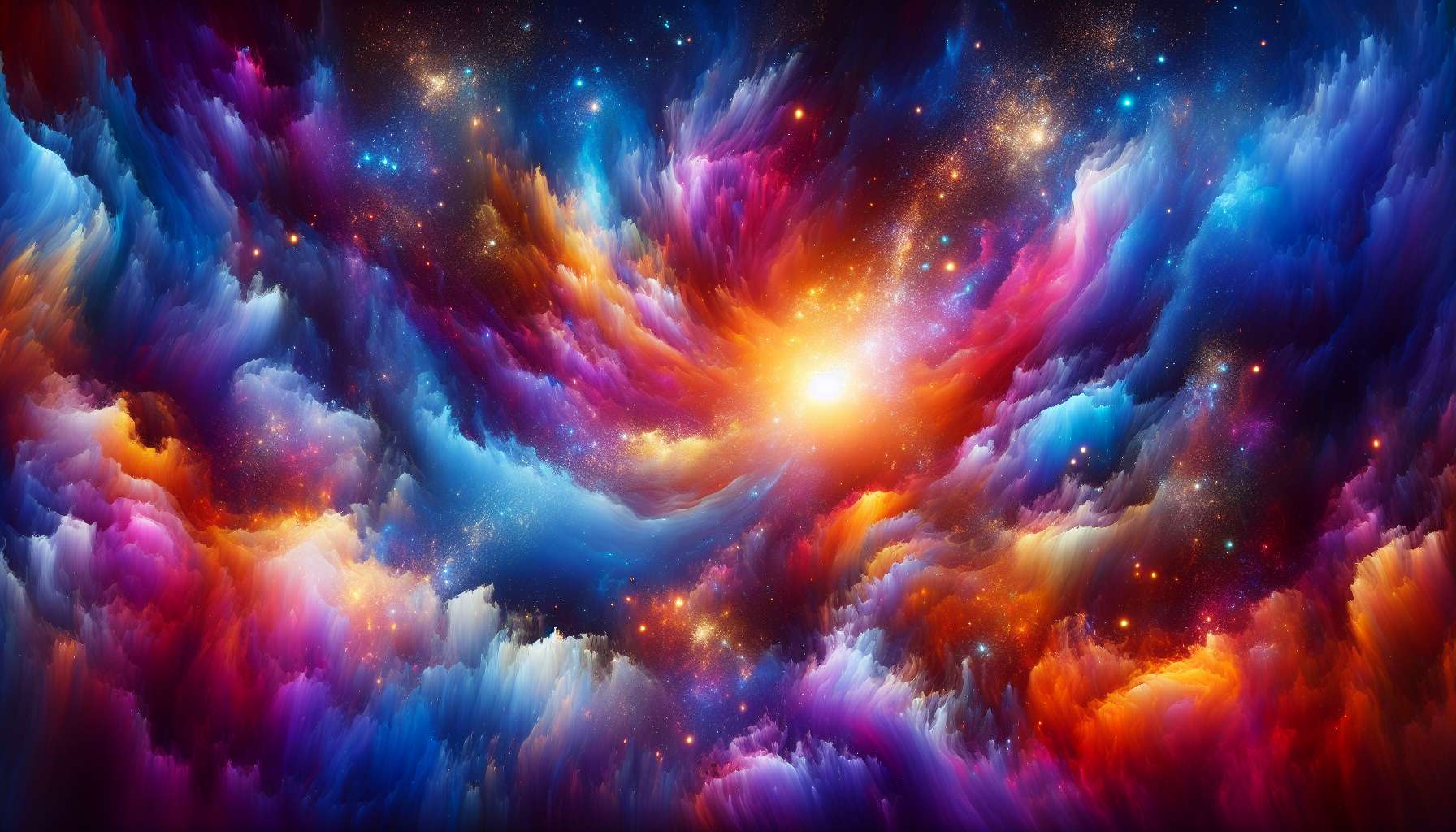Twilight Photography Tips: Capturing the Magic of Dusk
As the sun dips below the horizon, a magical transformation takes place in the sky. Twilight, with its soft, diffused light and vibrant colors, offers a unique opportunity for photographers to capture stunning images. Whether you’re a seasoned professional or a budding enthusiast, mastering the art of twilight photography can elevate your work to new heights. In this comprehensive guide, we will explore the tips and techniques you need to create captivating twilight photographs that will leave viewers in awe.
The Golden Hour: Understanding Twilight
Before we delve into the specifics of twilight photography tips, it’s essential to understand what twilight actually is. Twilight is the period between sunset and darkness when the sky is partially illuminated. This magical time is divided into three phases: civil twilight, nautical twilight, and astronomical twilight. Each phase offers a different quality of light and color palette, presenting unique opportunities for photographers to capture stunning images.
During civil twilight, which occurs immediately after sunset, the sky is still relatively bright, making it ideal for capturing landscapes with defined details and warm hues. Nautical twilight follows civil twilight and is characterized by deeper blues and purples in the sky, creating a serene and tranquil atmosphere. Finally, astronomical twilight marks the transition to full darkness, with a dark blue or violet sky and the first appearance of stars.
Choosing the Right Equipment
When it comes to twilight photography, having the right equipment can make all the difference in capturing stunning images. Here are some essential tools and gear you’ll need to get started:
1. Camera:
Invest in a DSLR or mirrorless camera with manual exposure settings to have full control over your shots. Look for a camera with a wide dynamic range and low-light capabilities to capture the nuances of twilight scenes.
2. Lenses:
Opt for a wide-angle lens to capture expansive twilight landscapes or a telephoto lens to zoom in on specific details. Consider using a fast lens with a wide aperture (f/2.8 or wider) for better low-light performance.
3. Tripod:
Stability is key in low-light conditions, so a sturdy tripod is essential for sharp images. Look for a lightweight and portable option that you can easily carry to different locations.
4. Remote Shutter Release:
To minimize camera shake during long exposures, use a remote shutter release or set a timer to trigger the shutter without physically pressing the button.
Mastering Exposure Settings
One of the most critical aspects of twilight photography is getting the exposure right. Since light levels change rapidly during twilight, understanding exposure settings is crucial for capturing well-exposed images. Here are some tips for mastering exposure settings during twilight:
1. Use Manual Mode:
Switch to manual mode to have full control over your exposure settings. Adjust the aperture, shutter speed, and ISO to achieve the desired exposure for your twilight shots.
2. Bracketing:
Experiment with exposure bracketing by taking multiple shots at different exposure levels. This technique can help you capture the full dynamic range of twilight scenes, especially when dealing with high-contrast lighting situations.
3. Long Exposures:
Consider using long exposures to capture the motion of clouds or water during twilight. Use a slow shutter speed (e.g., 30 seconds or longer) to create dreamy, ethereal effects in your images.
Composition Techniques for Twilight Photography
Composition plays a significant role in creating compelling twilight photographs. By following these composition techniques, you can elevate your images and draw viewers into the enchanting world of twilight:
1. Leading Lines:
Use leading lines to guide the viewer’s eye through the scene and create a sense of depth in your twilight photos. Look for natural or man-made elements that can act as leading lines, such as roads, fences, or rivers.
2. Rule of Thirds:
Apply the rule of thirds to create balanced and visually appealing compositions. Place key elements of your twilight scene along the intersecting points of the grid to draw attention and create a harmonious composition.
3. Foreground Interest:
Incorporate foreground elements to add depth and visual interest to your twilight images. Rocks, trees, or other objects in the foreground can enhance the sense of scale and perspective in your photos.
Post-Processing Tips for Twilight Photography
Post-processing is an essential step in enhancing the beauty of your twilight photographs. By using editing software like Adobe Lightroom or Photoshop, you can fine-tune your images and bring out their full potential. Here are some post-processing tips for twilight photography:
1. Adjust White Balance:
Experiment with white balance settings to achieve the desired color temperature in your twilight images. Play around with warm or cool tones to enhance the mood and atmosphere of your photos.
2. Enhance Contrast:
Boost contrast to make your twilight photos more dynamic and visually striking. Adjust the tone curve or use clarity and dehaze tools to bring out details in the shadows and highlights.
3. Reduce Noise:
Since twilight photography often involves shooting in low-light conditions, noise can be a common issue. Use noise reduction tools in post-processing software to clean up grainy areas and improve the overall quality of your images.
Expert Opinions
To gain further insights into twilight photography tips, we reached out to renowned photographer and twilight enthusiast, Sarah Adams. According to Sarah, “Twilight is a magical time for photographers, offering a perfect blend of natural light and colors. To make the most of this fleeting moment, patience and preparation are key. Experiment with different compositions, exposure settings, and post-processing techniques to create truly captivating twilight images.”
Conclusion
To wrap things up, mastering the art of twilight photography requires a combination of technical skills, creativity, and patience. By understanding the unique qualities of twilight light, choosing the right equipment, mastering exposure settings, and applying composition techniques, you can capture breathtaking images that showcase the beauty of dusk. Remember to experiment, practice, and most importantly, enjoy the process of capturing the magic of twilight through your lens.




